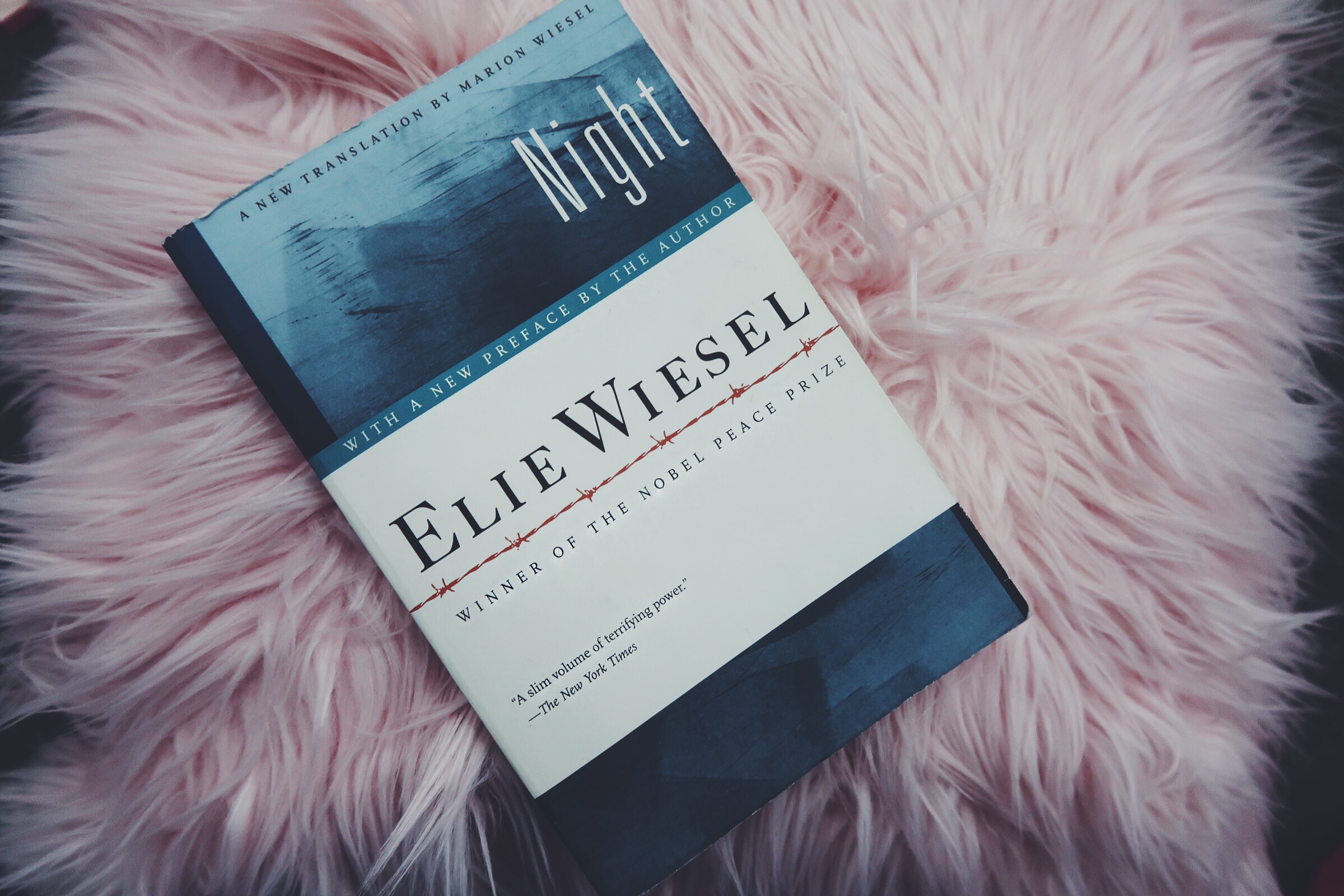If you are a big fan of Gothic movies, or horror movies as they are often called, then you just may have an idea of what the Gothic Victorian House is. There is more to the Gothic Victorian House, however.
If you are here to learn the history, then you have come to the right place. We will be giving a clear elucidation of what a Gothic Victorian House is. You also get to know about Gothic Architecture. Are they same? You are here to find out.
What is a Gothic Victorian House?
Gothic Victorian House, also often referred to as Gothic Architecture, is the architectural structure widely recognized as an element of fear in Gothic fiction. It is the uniquely structured castles that appear ominous while holding creepy secrets that dominate the plot of a Gothic Movie or book. While Gothic Victorian House- or Gothic Architecture- is a known element of Gothic Literature, the term has been in existence for much longer.
Gothic Victorian House refers to buildings of the Victorian Era (Between 1820 and 1914) that borrow an architectural structure that was developed in the Gothic era (mid-12th century to the 16th century). Gothic movies and books often feature castles of this style because most of the early ones were set in the Gothic era or the Victorian era. However, when this has become a constant feature of Gothic Literature, movies and books of modern setting now use Gothic Architecture for the purpose of inspiring Fear. A Gothic Movie that uses Gothic Architecture while having a more modern setting is Dead Silence (2007).
Difference between Gothic Victorian House and Gothic Architecture
Gothic Victorian House and Gothic Architecture can be considered the same but there is a minor difference you may want to note.
Both refer to a style of architecture practiced in the medieval period. However, Gothic Architecture refers to houses built in the medieval period while Gothic Victorian Houses, also known as Gothic revival, are built in the Victorian era.
10 Characteristics of Gothic Architecture
- Structural Grandeur
This is a clear characteristic of a Gothic Victorian House. The grand structure can never be left out. Asides from being very attractive with all its adornments, it has several features that give it a great high.
While all Gothic castles may not have the same grand height, a large percentage of them are extremely tall.
- Flèche (Spires)
This refers to the slim spires often found on the roofs of Gothic buildings. It is a very tall structure that protrudes from the ridge of a roof. Several Cathedrals were built during the era of Gothic art so Gothic Architecture was used in the structure of these churches. This explains why many Cathedrals have very tall spires at the top.
There are three Cathedrals in the United Kingdom that three spires on their roofs; St. Mary’s Episcopal Cathedral, Truro Cathedral, and Lichfield Cathedral. The spires are said to symbolize the heavenly aspirations of the god-fearing builders.
Read Also: What is Gothic Literature?
- Tracery ribs (or bars)
Tracery is one of the most common features of a Gothic Victorian House. Tracery is a term in architecture that refers to a window design in which intricate patterns are formed with bars of stone or ribs of molding.
Many Gothic buildings use ribs of molding for tracery but this doesn’t make tracery bars uncommon in Gothic Architecture.
- Flying buttresses
Buttresses are a common feature of ancient buildings, installed to give stability to a wall or a building. It is a stony structure built beside a wall to strengthen the wall and prevent the roof from falling. This is very useful in Gothic Victorian Houses as it plays a big role in keeping the grand structure standing.
A flying buttress, which is more common in Gothic Victorian House, is a buttress that stands a few meters away from the wall, unconnected at the bottom but connected with an arch or several arches towards the top of the building. This makes the building appear even more elaborate.
- Pinnacles
The grand pinnacles featured in Gothic Cathedrals are said to be symbols of brave knights that died on the battlefield. They are like spires installed on the buttress of buildings as a decorative feature. They make the flying buttresses even taller so they tower above the building.
While the pinnacles are said to be decorative elements for Gothic Architecture, they also support the buttress in giving more strength to the walls and the building.
- Rib vaults with pointed arches
Rib vaults are another indispensable feature of Gothic Victorian Houses. A ribbed vault is a concrete structure on which the roof and the ceilings rest. It consists of several arches that help in distributing the weight it bears to the pillars or walls. This makes it very useful in helping Gothic houses maintain their structural grandeur. In addition to their usefulness in supporting the structure, they give the interior a very spacious look.
The ribbed vaults used in Gothic houses have pointed arches. They work as perfect supports while also making the ceiling appear taller. Passages also often feature pointed arches, mainly for aesthetics. The pointed arches in Gothic Architecture are also called Ogival or Gothic arches
- Stained Glass windows
Stained glass windows are windows made with colored or patterned glass. They are not used in all Gothic Victorian Houses but they are very common, especially in Gothic Cathedrals.
- Gargoyles
Gargoyles are decorative but grotesque figures made of stone, protruding from a roof and functioning as a waterspout to deliver rain water off the roof and the walls.
There are several beliefs about Gargoyles. Some believe they are symbols of spiritual protection for churches and they scare away demons. Some believe they were inspired pagans so the church appears less perfect and the new converts can feel more familiar.
- Statues

Gothic sculptures of saints used to be attached to the walls in Gothic Victorian Houses, especially in Gothic Cathedrals as decorations.
Gothic statues are also called Column statues.
- The Oculus (Or rose windows)
An Oculus is an architectural design which features an eye-like opening, often used as a decorative element of Gothic windows.
Gothic windows, especially in Gothic Cathedrals, are divided into segments with tracery and they appear like a rose, sometimes with an oval opening in the center. Therefore, they are called Oculus or Rose windows.
Conclusion
Gothic Architecture has been in existence for a long time and the efforts and processes required to maintain its grand design is still very amazing.
These structures made it into our books and movies as inspirations of fear. They may appear as mere buildings and they really are stunning to look at but it takes very little to turn them into a creepy sight.
Share


